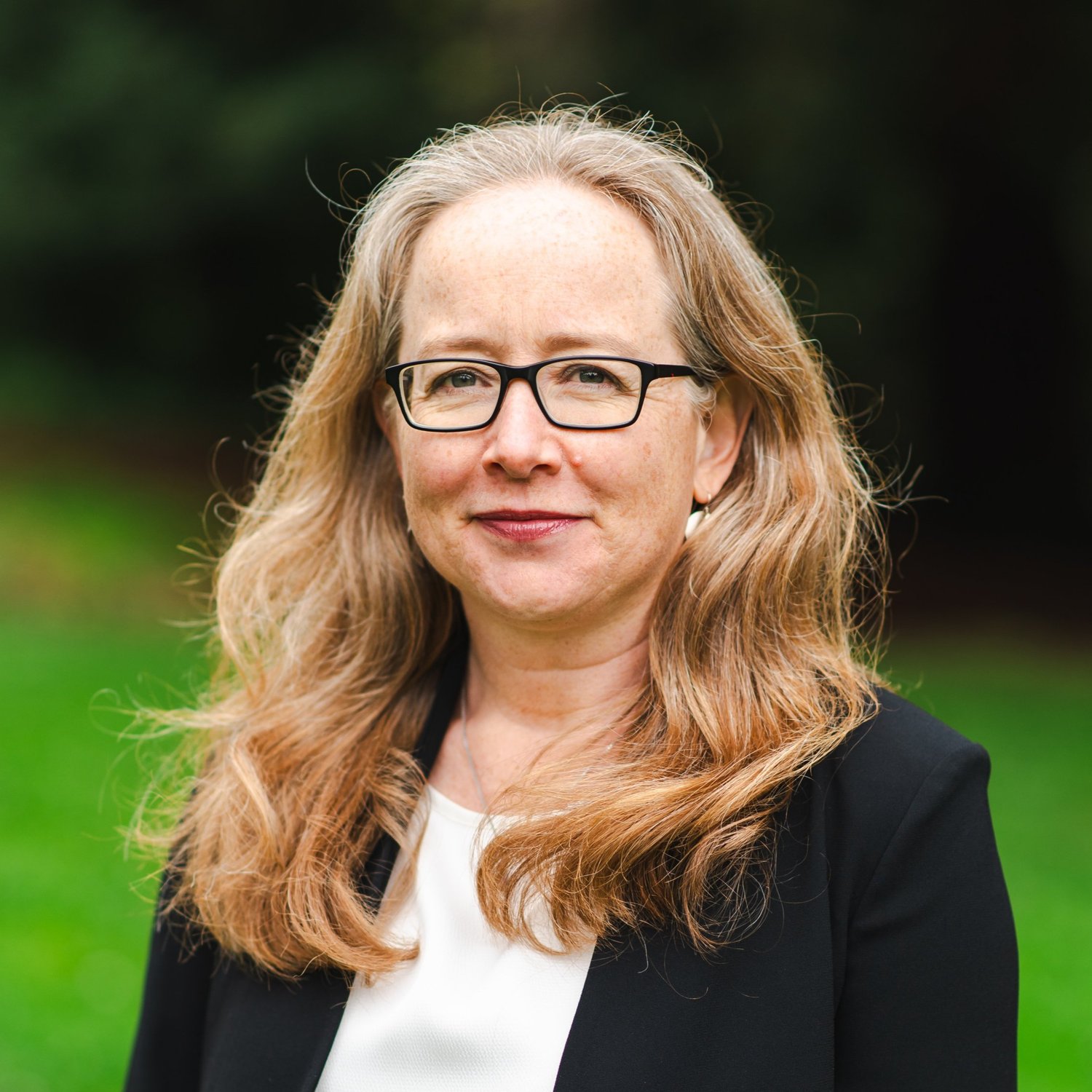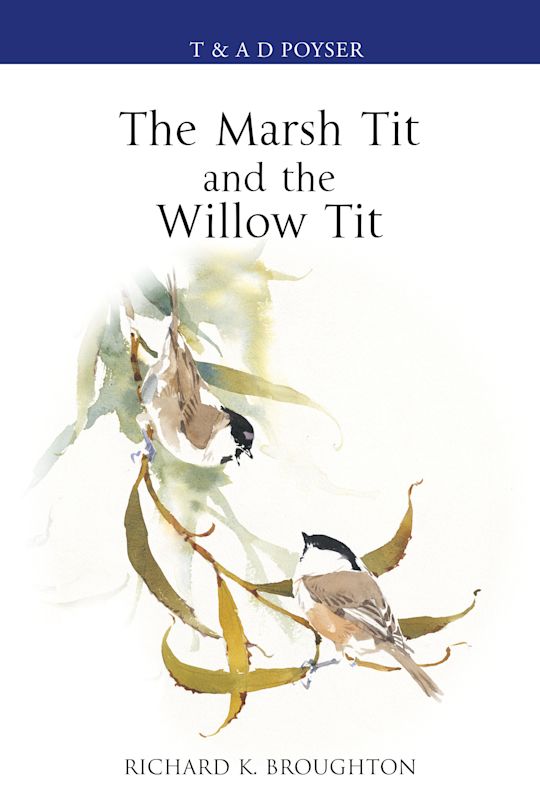The U.S. Forest Service predicts ^(https://www.blogquicker.com/goto/https://www.fs.usda.gov/ne/newtown_square/publications/other_publishers/OCR/ne_2005_nowak001.pdf) that urban landscapes will increase in size, from 3 percent of the nation’s terrain in 2000 to 8 percent of it in 2050—an area larger than the state of Montana. This expansion will disrupt ^(https://www.blogquicker.com/goto/https://www.sciencedirect.com/science/article/abs/pii/S0895981124002104#:~:text=This%20can%20disrupt%20ecosystems%2C%20reduce,water%20pollution%2C%20and%20air%20pollution.) ecosystems, reduce biodiversity, and strain our natural resources. Globally, urban growth is driving the loss of habitat for about one-third ^(https://www.blogquicker.com/goto/https://www.pnas.org/doi/10.1073/pnas.2117297119#:~:text=Mitigating%20these%20impacts%20urgently%20requires,impacts%20forecast%20by%20our%20analysis.) of the 30,000 terrestrial species. For wildlife living within and on the edge of cities, it appears they’re on a path towards inevitable doom.
But some argue it’s entirely possible for humans and wildlife to coexist, and even thrive. Erica Spotswood is an ecologist with a PhD in ecology at UC Berkeley and a former science director for San Francisco Estuary Institute, an environmental research nonprofit. Now, she is the science director and senior ecologist of Second Nature Ecology and Design, a service designing urban landscapes with ecological principles. But a successful urban ecology comes with compromises, Spotswood says. It requires shifting and refocusing our conservation goals. We sit down with Spotswood to ask “What is urban ecology,” and what its future in the Bay Area may look like.
How did you start working in urban ecology? I came to urban ecology relatively recently. I was just a normal ecologist, and then I was hired by San Francisco Estuary Institute to start an urban ecology program. In my interview, they asked me, “Are you interested in urban ecology?” And I said, “well, I never really thought about it.”
What was a defining moment for you when you first got into the field? Most urban ecology science starts from the premise that cities are negative for biodiversity. Cities typically have between 25 and 35 percent of the species compared to the surrounding regions. Yet, there’s also all these stories about species that are doing well, and in some cases, doing better in cities. I stumbled on papers that found coyotes have higher population growth rates in Chicago than they do in the surrounding landscape. My lens shifted to asking: What are the ways that cities can support biodiversity and conservation efforts?
You just described how urban ecology is changing and evolving, but for the average person: what is urban ecology and how do you define it? Yeah, so urban ecology is a newish scientific field. The first paper I found related to urban ecology was in the 1950s, and it’s the study of what lives in cities and where. So for example, it asks, “what is the spatial distribution of green space and impervious cover? What is the relationship between the amount of species you find in a given area and the characteristics of the urban landscape?” It’s the study of ecological processes and species in cities.
Urban ecology allows us to analyze and plan better for more resilient cities, but as a field of study you and Robin Grossinger, from Second Nature Ecology and Design, write that “while the field of urban ecology has grown rapidly, most of its findings remain relatively inaccessible, scattered across thousands of research papers in scientific journals.” Do you think urban ecology has become too isolated in scientific communities? I think urban ecology was a little distinct from the rest of ecology for a long time. It’s becoming more connected to the rest of ecology. It’s just ecology, re-expressed in the urban context. And I think that’s the right trajectory, because ecology is the same no matter where it’s applied.
Would you say that you’re optimistic about the survival of wildlife in cities? What about species that are declining in cities? Do we focus efforts on them at all, or do we invest in species that are more likely to persist? It doesn’t really make sense to build corridors for bobcats, which don’t do well in cities and maybe never will. I don’t think it’s worth investing tons of resources to support species that can’t tolerate urban landscapes. We should instead start with species we know that can. As we improve their conditions, not only would those species be able to sustain themselves, but other species would also start to show up that we’re not even thinking about now.

Billions of dollars have been put into recovering endangered species, many with disappointing results. So what about endangered and threatened species that face constant challenges in cities? Is it still worth it to give them special attention? Because cities tend to be along the coast and large waterways, they often have unique habitats. Species that can only live in these urban habitats are called “last-chance species.” While cities are the cause of their demise, they’re also the only place where they can be supported. The Antioch wallflower and Lange’s metalmark butterfly ^(https://www.blogquicker.com/goto/https://baynature.org/article/scientists-look-to-a-rare-butterflys-next-of-kin/) are two endangered species endemic to the rare Antioch Dunes habitat, not found anywhere else in the surrounding landscape. These are last-chance species, and so endangered species dollars should be going towards their protection. But beyond that, I don’t think that it makes sense to channel endangered species dollars towards protecting endangered species in urban contexts, unless that’s really where they’re found. Instead, we should find ways to improve habitat for common species.
Antioch Dunes Refuge (D Smith via Flickr ^(https://www.blogquicker.com/goto/https://flickr.com/photos/dfsmith/13180644635/in/photolist-aiUAPn-81FHGq-81CLRR-5L2JrB-8zoRd2-ckhUyL-KrHTpJ-m5JfrH-W6XnT9-2jG1Te6-GoSzvs-G7X54q-Ey1sTo-FMnPxz-RMFg7o-ubQRAd-8FjMSf-2jG1U7U-yvs7iY-FKS5xG-eb7Kc1-FBAkW7-28HmV8m-eRZSGh-NfcV28-KNhV85-LCrd42-2oQsypa-2oQtuhy-ytk6T7-yM4F39-LCrd8a-H7k8aA-jdu27T-29GU2MY-eb7LFy-GuM68d-m5JboT-2oQpxh2-eb7Pcy-NnSaqe-28uCrQT-pAgStX-5FcxBp-eb2gJr-fKC22a-9B69CX-fKUCS9-fKUDYb-LCrcYT), CC-by-NC 2.0); Lange’s metalmark butterfly (Aric Crabb/Bay Area News Group via FWS ^(https://www.blogquicker.com/goto/https://www.fws.gov/media/langes-metalmark-butterfly-antioch-dunes-refuge)); Contra Costa wallflower (Aric Crabb/Bay Area News Group via FWS ^(https://www.blogquicker.com/goto/https://www.fws.gov/media/contra-costa-wallflower-0))
In California, more than 1,500 nonnative species have become naturalized or invasive. But the potential role of nonnative species is still debated. You found in one of your studies in French Polynesia in 2021 that some birds prefer the fruit of introduced plants. What do you think about the native movement, and what are its limitations? The research is consistent that in urban landscapes and in non-urban landscapes, wildlife is better with native species. For example, native oak trees in California produce tannin in their leaves that are toxic to herbivorous insects. If you replace that oak tree with a nonnative tree, it’s probably not going to support those specialized insects that tolerate the tannin. So coevolution is a really strong argument, and if you want wildlife support, native species are your best choice.
As you’ve said in your book, Re-oaking Silicon Valley, it’s better just to plant natives like oaks, rather than maybe the trees we see in San Francisco today that are entirely introduced, like eucalyptus and cypress. In San Francisco, a city that wasn’t supposed to be tree-dense, what are the steps for management once a landscape has been changed over centuries? This is a hard one. This is something we’ve wrestled with, especially in arid and semi-arid cities. If you live in Phoenix, then what’s in the surrounding landscape doesn’t have any trees in it. Reno is a large green patch surrounded by brown—it’s a total artificial landscape. We need to compromise, because trees are essential for human well-being, and they’re also important for climate adaptation in hot landscapes. We can make smart choices about having the trees be as local and as supportive of biodiversity as possible, but it’s still going to be an artificial landscape if you have those trees there.
While trees appear necessary for communities to tolerate urban heat island effects, you found that nature is often less available to low-income populations and people of color. How have you addressed environmental justice in urban ecology, and what does it take, do you think, to reverse this trend? At the San Francisco Estuary Institute, we were trying to build a community arm that could think more about environmental justice and interact directly with communities. It was a nascent thing when I was there, and it has grown since I’ve left. But one example of a project we were thinking about was an urban forest master plan for the city of East Palo Alto. East Palo Alto is an underserved community, surrounded by Menlo Park and Palo Alto, where tree canopy cover is 13 percent compared to over 30 percent in the surrounding landscape. So we created an urban forest master plan and we got a lot of community input. The urban forest master plan is the first step that the community needs to start thinking about protecting the existing trees and set goals for increasing tree canopy over time.
I noticed that a lot of Second Nature’s projects were for Google campuses. I’m interested in what you think is the need for urban ecology spaces in tech. The big tech companies in Silicon Valley understand the role of creating natural spaces around their buildings both for employee well-being and productivity. It’s very clear that those spaces are loved and used by people during their work day, and that’s sort of a big shift from an office culture. Google’s Bayview campus, which is right on the Bay, has dragon-scale solar panels on the top of them, LEED building certifications, and acres of habitat built almost two years ago, that used to be a vacant site of annual grasses before.
These habitats include oak woodlands, really large pollinator gardens, acres of native grasses, and also riparian willows areas and wetlands around the stormwater features and in the wastewater treatment plant facility. It’s incredible to see how quickly species showed up, like things started colonizing that new habitat immediately. But then the challenges started coming up pretty quickly, like the cliff swallows. They built nests on the north side of the building, and then they were pooping on the patio. We talked about how we can manage in a way that’s consistent with our values to coexist with wildlife, but also be able to use the patio in a way that people want.
Were you able to find a compromise? Yes, we put a net under the patio so that the birds can’t nest there, and then we left them in places where they’re not causing conflict.
It seems like creating these outdoor work environments requires a lot of space. And as cities are expected to become more dense, how did you find that denser and greener cities are possible? We found it is broadly true that there is this negative relationship between density and nature, certainly in cities like New York or Hong Hong Kong. That said, we also found much variation. There’s plenty of places where they’re outperforming in terms of nature relative to density. In the Bay Area, there’s this incredible pressure to densify the urban core—to accommodate more housing while also preventing sprawl outside of cities. So we’re saying, “let’s make sure that nature has equal priority in conversations around densification.”


Aerial view of the Presidio (Presidio.gov ^(https://www.blogquicker.com/goto/https://presidio.gov/)); View from Billy Goat Hill (James Gaither via Flickr ^(https://www.blogquicker.com/goto/https://flickr.com/photos/jim-sf/albums/72157623519049154/with/4386645497), CC BY-NC-ND 2.0)
You must have to think about not just the science, but also what housing development will look like. And a big issue is gentrification that comes with greening efforts, as some studies show. When you embark on greening projects, can anything be done to help prevent this trend? Yes. It’s about ensuring you have anti-gentrification policies and housing stabilization programs in place as you do the project, and that projects are being conducted with input from local communities. Evaluating and thinking about policy strategies at the beginning of projects can reduce the threat of gentrification.
Do you find that there are any political and economic barriers in the Bay Area to urban ecology projects, like a corridor? Urban ecology projects can be hard to fund. That’s probably the biggest challenge. Even when the money is there, the staff capacity is not. We saw this in East Palo Alto. There’s money for disadvantaged communities, but there weren’t enough staff to even apply for the grants. Urban ecology projects also fall into this weird hole without specific mandates. There’s mandates for stormwater infrastructure and park management, but urban ecology projects are not part of any single agency’s mandate.
Are there any major urban ecology projects in the Bay Area that are being funded that you think are especially significant and you’re excited about? I’m very excited about the wildlife reintroduction work that’s happening at the Presidio, because it’s rare. We really need to do more of it, because you can create a great habitat in a spot like the Presidio that’s pretty isolated by urbanization. You want to support what can actually get there on their own.
What do you think is important for someone in the Bay Area to know about urban ecology and things to look out for? Knowing that there’s more wildlife living among us than we think. Cities are not just biological deserts, but places that can support lots of wildlife. What you can do in your backyard can actually make a difference. Having nature around us is completely essential.
How can residents get involved and contribute to urban ecology if they don’t have a backyard or green space? Contribute to community science. One of the closest parks to my house is along Sausal Creek. The organization Friends of Sausal Creek restored willows and alders in a beautiful riparian corridor that kids play in. We would take our kids to volunteer events a couple times a year, cleaning up trash, planting plants, or digging holes.
This interview has been edited and condensed.
#Ecologist #Erica #Spotswood #Cities #Wildlife #Hotspots



